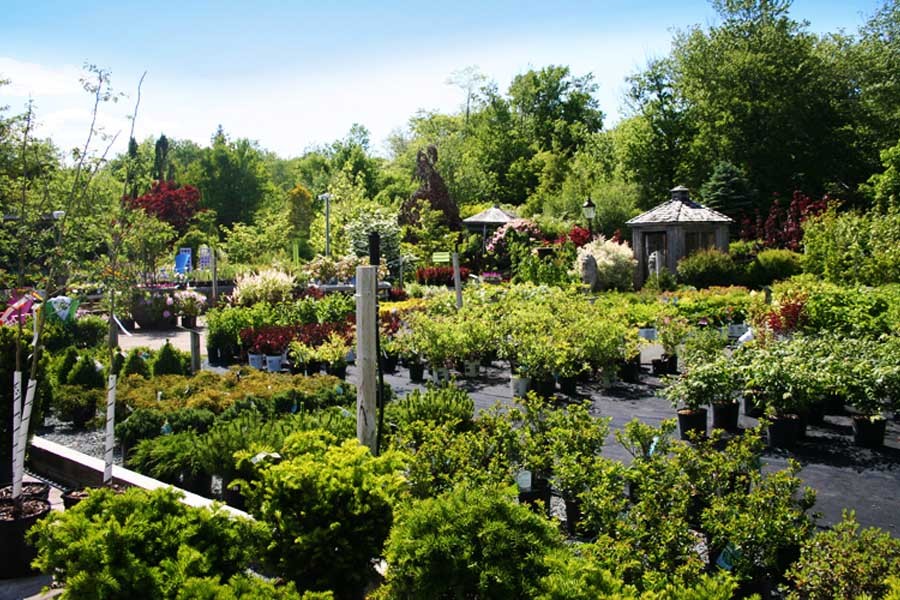The world is fast losing its plant and animal species. With forests and woodlands depleting or disappearing, the days of some of both species are now numbered. Yet one thing is baffling, human knowledge of the plant world is limited. How limited can be gauged by the fact that about 2,000 new plants are being described every year. Notwithstanding the fact that botanists and plant collectors have been looking for the botanical wonders of Nature for centuries, the hidden living treasure does not cease to surprise them.
This year the Royal Botanical Gardens, Kew alone has discovered and named more than 100 plants. Of those discovered, there is one carnivorous pitcher plant, exotic orchids and climbers with anti-cancer properties. There is a unique plant discovered in Sierra Leone that clings to rocks. Named after Prof Aiah Lebbie, the discoverer of the aquatic herb, it is food for fish.
The carnivorous plant discovered in a small island of Biak, off the north coast of Indonesian New Guinea is the latest such plant that eats small insects. Then the apparently most important discovery is of the anti-cancer plant that grows on sandstone cliff in Guinea of West Africa. The Kew has already rated these as important discoveries because of the properties identified in each case. But in Nature no discovery of a living being -be it plant or animal -is insignificant.
Every member of the animal or plant world has its especial role in the order of things. They survive and help others to do so or maintain balance in Nature. Indiscriminate destruction of herbs, shrubs, trees is as pernicious an act as poaching the games -big or small. If a particular type of hunters or the hunted in the wild are killed on a large scale, both the habitat and the animals living there will soon discover them in a precarious condition.
When man fails to appreciate living in harmony with other animals and the plant world, it becomes unhealthy and unsustainable. No wonder cities bereft of trees or greeneries become a seething cauldron, particularly in the high summer, in which life gasps for fresh air. The opposite is true when someone gets into a woodland or forest. The freshness of air inhaled is really invigorating and one can feel the difference instantly.
In this country love for Nature was once an anathema. Now a very select band of people from old and young generations has come forward to promote the concept of love for trees and animals. One of the obstacles to learning about the environment is the failure to identify with the environment by young population. Their elders did not bother to know even the names of the big trees and plants all around. So when a child asks his father or mother what the name of the flower plant or tree is, the answer invariably is 'don't know'. Even in this city the few trees -except of course the most familiar ones -- that exist are unknown to most people.
This is a serious lacking on the part of both the elderly people and also on the education policymakers. Sure enough, without identifying oneself with trees and plants, flowers and creepers, it is impossible to claim that one is educated enough. Why not school textbooks have lessons on various plants from early classes? School authorities should also recruit teachers who at least know the names of plants and trees of wide varieties. Then the authorities should as well take students on a visit to parks and botanical gardens in order to familiarise them with the plant world. Thus students will become aware of the wonderful world that needs to be saved for survival of the humankind.


